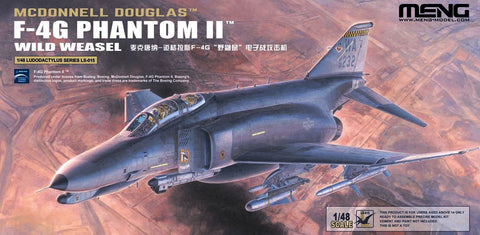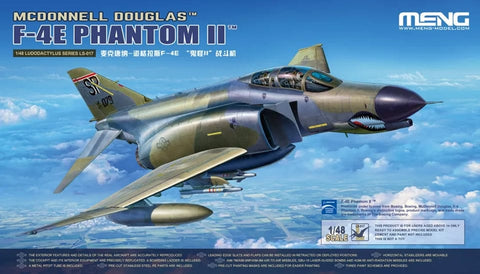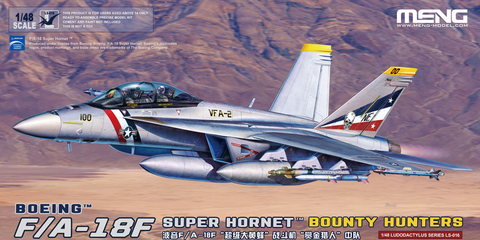 Much has been written about the Lockheed-Martin F-35 Lightning II program over the years. Critics are quick to point out that it isn't a true fighter as it is not as maneuverable as the F-22 Raptor nor does it have the payload of many of its predecessors. If we look back in time to the 1970s, the F-15 Eagle was developed as the ultimate dogfighter that ushered in a new era of air superiority. The F-16 Fighting Falcon was acquired to serve as a low-cost strike fighter, but over the years, the F-16 evolved into a robust multi-role platform. On the heels of the F-22 Raptor which ushered in a somewhat brief period of air dominance, the F-35 was acquired to serve in a similar capacity as the F-16. You may have read that the F-35 is still deficient in capabilities as it is still experiencing developmental challenges. The F-16 also had massive developmental problems where it failed many of its operational tests, but the senior Air Force staff saw the aircraft's potential and carried on with its production and deployment.
Much has been written about the Lockheed-Martin F-35 Lightning II program over the years. Critics are quick to point out that it isn't a true fighter as it is not as maneuverable as the F-22 Raptor nor does it have the payload of many of its predecessors. If we look back in time to the 1970s, the F-15 Eagle was developed as the ultimate dogfighter that ushered in a new era of air superiority. The F-16 Fighting Falcon was acquired to serve as a low-cost strike fighter, but over the years, the F-16 evolved into a robust multi-role platform. On the heels of the F-22 Raptor which ushered in a somewhat brief period of air dominance, the F-35 was acquired to serve in a similar capacity as the F-16. You may have read that the F-35 is still deficient in capabilities as it is still experiencing developmental challenges. The F-16 also had massive developmental problems where it failed many of its operational tests, but the senior Air Force staff saw the aircraft's potential and carried on with its production and deployment.The F-16s were first deployed to Hill AFB and the aircraft gained the nickname 'lawn dart' for the crashes that happened in those early days. The early F100 engines suffered a stagnation stall problem which was an issue with the F-15, but at least it could return to base on one engine, not so with the F-16. The F-16 fleet was grounded for a period of time before the engine problems were sorted out. Other issues were similarly addressed and the F-16 Block 15 OCU represented the first Vipers that had many of the problems resolved. When new capabilities were incorporated into the F-16 design, the F-16C Block 25 entered service with an upgraded P&W F100 engine while an alternative engine from General Electric, the F110, entered the Viper production line with the Block 30. Over 30 years have passed since the beginning of the F-16C's history and today the F-35A coming online to replace the Viper.
The F-35A is indeed having some challenges, but like the F-16, the senior Air Force leaders see the potential in this new platform. What is different with the F-35? It is low-observable like the F-22, so the aircraft can operate stealthily in areas where Vipers and Super Hornets would be easily targeted by air defenses. The F-35 has integrated sensors which provide a significant capability for acquiring, tracking and engaging targets, and unlike all previous aircraft, the pilot can literally see through the floor of their cockpit. Thanks to the evolution of precision-guided munitions, the F-35 doesn't require large bomb loads to neutralize a target. The F-117 only carried two laser-guided bombs but the F-35 can carry other types of guided munitions in high-threat environments. In lower threat regions, the F-35 can also carry external loads where stealth isn't needed. One criticism that you also see about the F-35 is its lack of maneuverability. The F-35's flight controls are software-based as are the F-16, F-22, and F-117, and all of these aircraft had their flight envelopes gradually expanded. Remember how the F-22's maneuvering capabilities were kept quiet for many years after its entry into service? As the F-35 continues to mature, you'll see it expanding its own envelope. What will be interesting to see is if the F-16 VISTA and F-16 LOAN tests will eventually allow the nozzle of the F-35's F135 engine to implement thrust vectoring as the Chinese J-20 (based on the F-35) has already implemented their own thrust vectoring.
Weapons options include:
The kit provides the following two markings options:
|
























